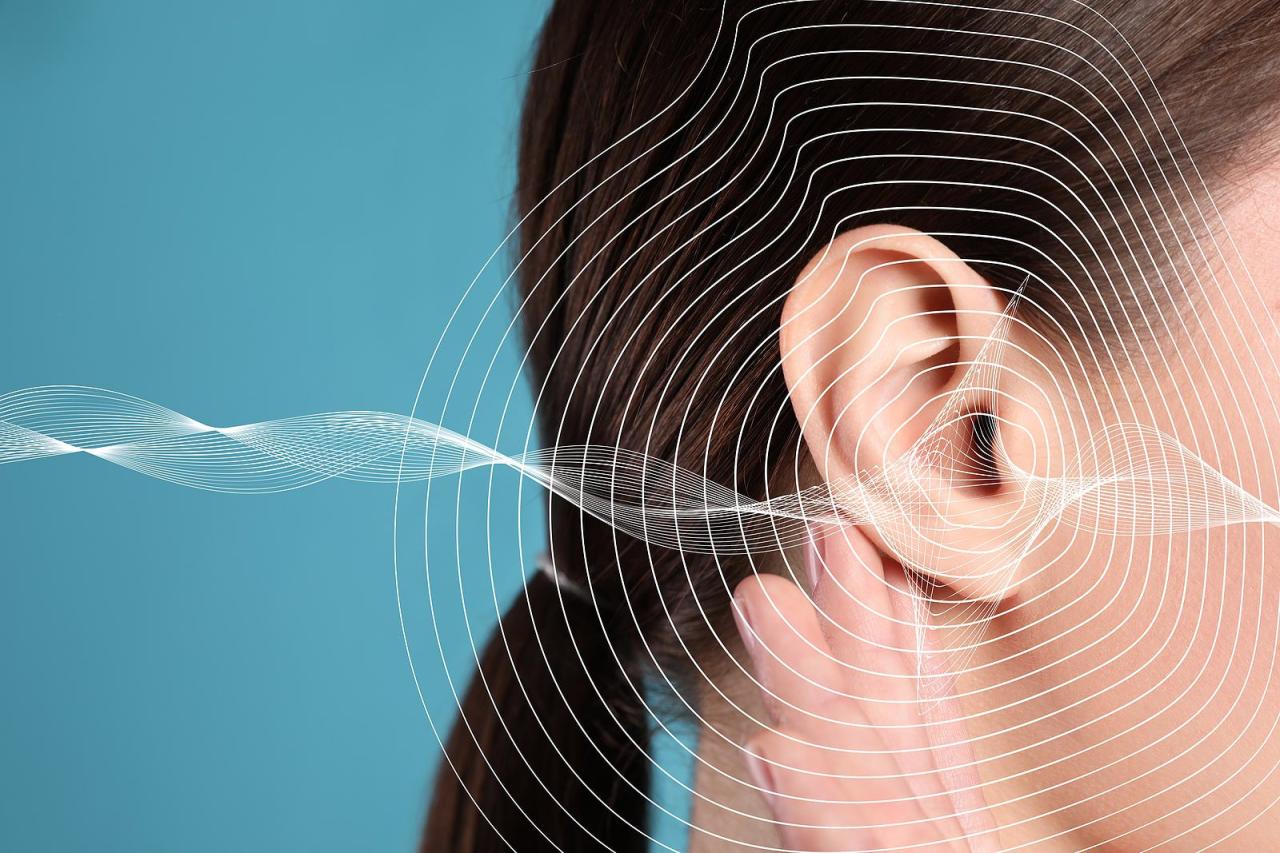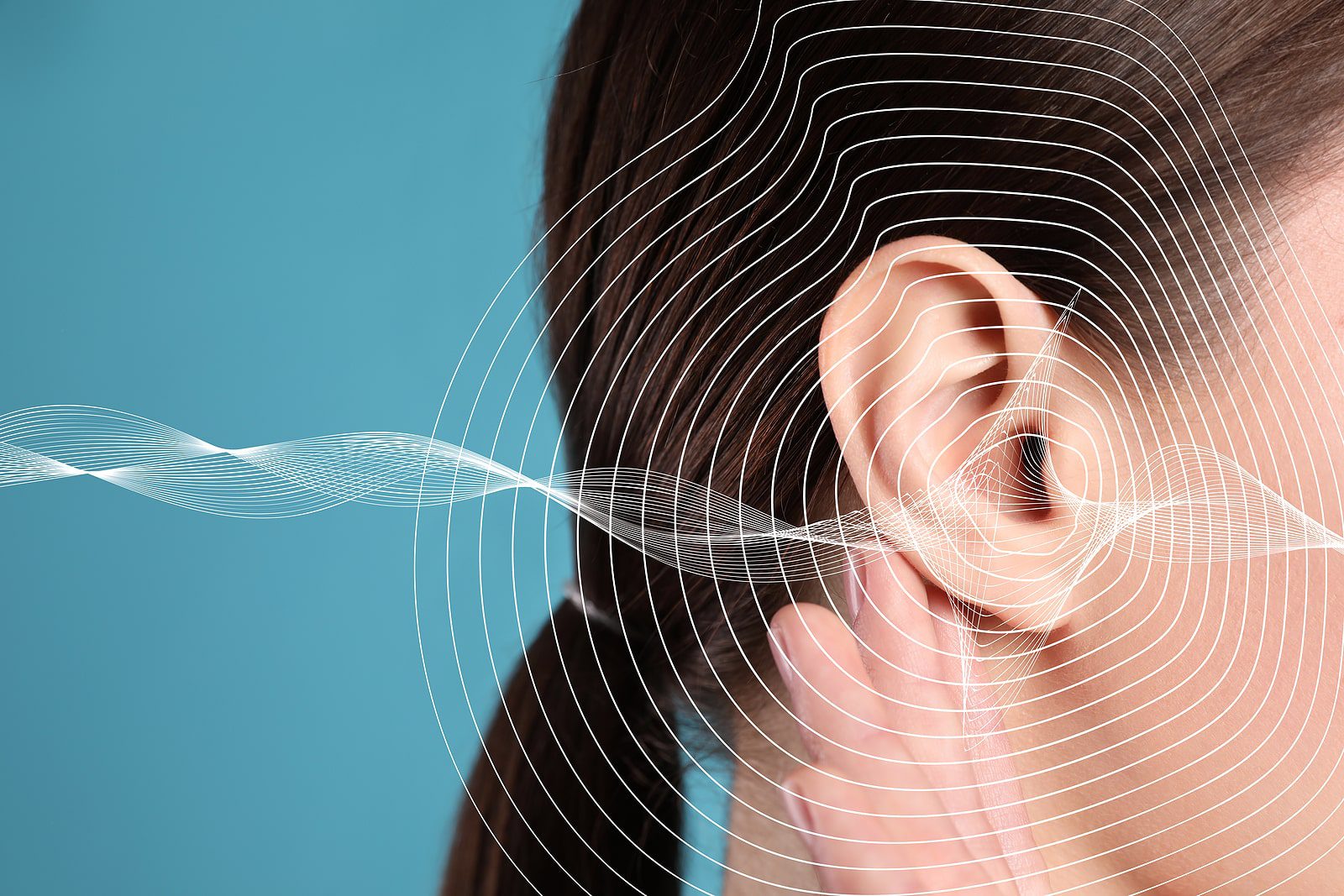Hearing loss, a pervasive global health challenge affecting hundreds of millions, has long been a condition shrouded in stigma, often overlooked, and traditionally addressed through complex, expensive channels. However, the hearing industry is currently undergoing a profound transformation, driven by an unprecedented convergence of technological innovation, evolving regulatory frameworks, shifting consumer expectations, and a growing understanding of hearing health’s critical role in overall well-being. This article delves into the key trends, challenges, and opportunities shaping the future of hearing care, painting a picture of an industry poised for exponential growth and impact.
I. The Technological Revolution: Smarter, Smaller, More Connected
At the heart of the industry’s evolution is a relentless wave of technological advancements that are making hearing devices more effective, discreet, and user-friendly than ever before.
A. Artificial Intelligence and Machine Learning (AI/ML): AI is no longer a futuristic concept but a fundamental component of modern hearing aids. AI algorithms are revolutionizing sound processing, enabling devices to:
- Adaptive Noise Reduction: Intelligently distinguish between speech and noise in real-time, enhancing speech clarity in complex listening environments like crowded restaurants.
- Personalization: Learn user preferences over time, automatically adjusting settings based on location, activity, and individual listening needs.
- Situational Awareness: Recognize specific sound environments (e.g., car, concert, meeting) and optimize settings accordingly.
- Health Tracking: Some devices now integrate sensors to monitor physical activity, heart rate, and even detect falls, offering a holistic health-tracking dimension.
B. Enhanced Connectivity and the Rise of Hearables: Bluetooth technology, particularly the newer Bluetooth LE Audio standard, is transforming how hearing aids interact with the digital world. Users can now stream audio directly from smartphones, tablets, and smart TVs with superior sound quality and extended battery life. This seamless connectivity blurs the lines between traditional hearing aids and consumer "hearables" – devices like advanced earbuds that offer hearing enhancement alongside features like music streaming and voice assistance. This convergence is attracting new users who might not identify with traditional hearing aid aesthetics.
C. Miniaturization and Aesthetic Innovation: The drive for discretion continues, with manufacturers creating increasingly smaller and more powerful devices. Invisible-in-canal (IIC) and completely-in-canal (CIC) options remain popular, while behind-the-ear (BTE) and receiver-in-canal (RIC) styles are becoming sleeker, more comfortable, and available in a wider array of colors to match hair or skin tones, further reducing stigma.
D. Advanced Diagnostics and Tele-Audiology: AI-powered diagnostic tools are emerging, allowing for more accessible and potentially earlier screening of hearing loss. Furthermore, tele-audiology, accelerated by the pandemic, has become a mainstay. It enables remote consultations, real-time adjustments to hearing aid settings, and follow-up care, significantly improving access for individuals in rural areas or those with mobility challenges.
II. Regulatory Shifts and Market Disruption: The OTC Revolution
Perhaps the most significant disruptive force in recent years has been the introduction of Over-The-Counter (OTC) hearing aids, particularly in the United States following the FDA’s final rule in 2022.
A. The Promise of Accessibility and Affordability: The primary goal of OTC legislation is to make basic hearing aids more accessible and affordable for adults with perceived mild to moderate hearing loss. By removing the requirement for a medical examination and prescription, OTC devices aim to lower costs and simplify the purchasing process, reaching a vast underserved population.
B. New Market Entrants and Competition: The OTC category has opened the floodgates for new players, including consumer electronics giants and startups, to enter the hearing device market. This increased competition is expected to drive innovation, reduce prices, and foster a more diverse range of products.
C. Impact on Traditional Audiology and Retail Models: The rise of OTC presents both challenges and opportunities for established audiology practices and hearing aid retailers. While some fear erosion of their traditional client base, many are adapting by:
- Shifting Focus: Emphasizing their expertise in comprehensive diagnostics, fitting complex cases, personalized counseling, and rehabilitation services that OTC devices cannot provide.
- Hybrid Models: Offering a spectrum of services, from OTC support to premium prescription devices, allowing consumers to choose their level of professional engagement.
- Value-Added Services: Differentiating themselves through superior follow-up care, maintenance programs, and integration of other wellness services.
D. Global Implications: While the US FDA’s rule is specific to the US, it has created a ripple effect globally, prompting other countries to explore similar regulatory pathways for simpler, more accessible hearing solutions.
III. The Consumer-Centric Paradigm: De-Stigmatization and Empowerment
The hearing industry is increasingly adopting a consumer-centric approach, moving away from a medical model to one that prioritizes user experience, lifestyle integration, and personal empowerment.
A. De-Stigmatization Efforts: Manufacturers and advocacy groups are actively working to destigmatize hearing loss and hearing aid use. This includes:
- Modern Marketing: Featuring younger, active individuals using sleek, technologically advanced devices.
- Education: Raising awareness about the prevalence of hearing loss and its link to overall health, including cognitive decline and social isolation.
- Focus on Wellness: Positioning hearing aids as tools for enhanced living, communication, and connection, rather than just medical devices.
B. Personalization and User Control: Consumers expect to customize their devices, much like their smartphones. Mobile apps allow users to fine-tune settings, adjust volume, switch programs, and even run self-tests, giving them unprecedented control over their hearing experience.
C. Subscription and Service Models: Innovative business models are emerging, including subscription services that bundle devices, ongoing care, and insurance into a predictable monthly fee. This helps overcome the initial high cost barrier and offers continuous support.
IV. Research and Development Frontiers: Beyond Amplification
The future of hearing care extends far beyond traditional amplification, with exciting research areas holding the promise of truly transformative treatments.
A. Gene Therapy and Regenerative Medicine: Groundbreaking research is focused on regenerating damaged hair cells in the inner ear, which are crucial for hearing and do not naturally regenerate in humans. Gene therapy aims to introduce specific genes that can stimulate hair cell growth or protect existing ones from damage. This area holds immense promise for restoring hearing in certain types of sensorineural hearing loss.
B. Drug Development: Pharmaceutical companies are exploring drugs to treat various hearing conditions, including:
- Tinnitus: Developing therapies to alleviate the persistent ringing or buzzing sensation.
- Neuroprotection: Drugs to protect the delicate structures of the inner ear from damage caused by noise exposure, ototoxic medications, or aging.
- Sudden Sensorineural Hearing Loss: New treatments to improve recovery rates.
C. Advanced Implantable Devices: Cochlear implants continue to evolve, offering improved speech processing, smaller designs, and better performance in challenging listening environments. Bone-anchored hearing systems and other implantable devices are also seeing advancements, expanding options for individuals with specific types of hearing loss.
D. Early Detection and Prevention: Greater emphasis is being placed on early detection, particularly in newborns and young children, to ensure timely intervention. Preventative measures, such as noise-induced hearing loss awareness campaigns and personalized hearing protection, are also gaining traction.
V. Addressing Accessibility and Affordability: A Global Imperative
Despite technological advancements and regulatory changes, significant challenges remain in making hearing care truly accessible and affordable worldwide.
A. Insurance Coverage Gaps: In many countries, hearing aids are not adequately covered by health insurance, leaving individuals to bear substantial out-of-pocket costs. Advocacy efforts continue to push for more comprehensive insurance coverage.
B. Global Disparities: The vast majority of people with hearing loss reside in low- and middle-income countries, where access to even basic hearing care is severely limited due to lack of infrastructure, trained professionals, and affordable devices. Initiatives by organizations like the World Health Organization (WHO) are crucial in addressing these global disparities.
C. Innovative Funding Models: Beyond subscription services, governments and NGOs are exploring various funding models, including subsidies, low-interest loans, and public-private partnerships, to make hearing aids more attainable.
VI. The Evolving Role of Professional Audiology
Amidst all these changes, the role of the audiologist is not diminishing but evolving. Professionals are adapting to become:
A. Comprehensive Hearing Health Managers: Beyond simply fitting devices, audiologists are increasingly acting as primary hearing health managers, offering comprehensive diagnostics, counseling, rehabilitation, and long-term care plans.
B. Educators and Guides: With the proliferation of OTC options, audiologists play a vital role in educating consumers about the differences between various devices, helping them navigate choices, and advising when professional intervention is necessary.
C. Specialists in Complex Cases: For individuals with profound or complex hearing loss, severe tinnitus, or specific medical conditions, the expertise of an audiologist remains indispensable for accurate diagnosis, appropriate fitting of prescription devices, and personalized follow-up care.
Conclusion: A Future of Enhanced Connection and Well-being
The hearing industry is undeniably in a period of dynamic transformation. The convergence of AI, connectivity, and miniaturization is delivering more intelligent and user-friendly devices. Regulatory shifts, particularly the rise of OTC hearing aids, are democratizing access and stimulating competition. Meanwhile, groundbreaking research in gene therapy and drug development promises a future where hearing loss might be prevented or even cured.
Challenges remain, particularly in ensuring global accessibility and affordability, and in defining the optimal balance between self-service and professional care. However, the overarching trend is towards a more consumer-centric, technologically advanced, and holistic approach to hearing health. As the stigma surrounding hearing loss continues to erode, and as the vital link between hearing and overall well-being becomes more widely recognized, the industry is poised to empower millions to reconnect with the world, fostering a future of enhanced communication, cognitive vitality, and improved quality of life. The sound of change is clear, and it promises a healthier, more connected tomorrow.

